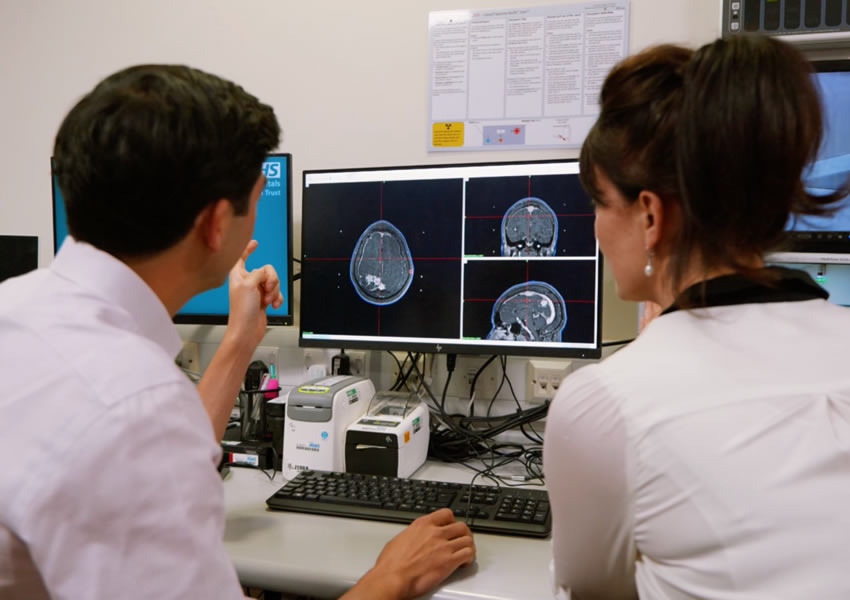The creation of software is carried out sequentially in accordance with the following main stages:
- statement of the problem (stage “Terms of reference”)
- analysis of requirements and development of specifications (stage “Draft design”)
- design (stage “Technical design”)
- implementation (stage “Working design”)
- implementation and operation (stage “Implementation”)
Formulation of the problem. At this stage, the purpose of the software and the basic requirements for it are determined. The structures of the input and output data are defined. A preliminary selection of methods for solving problems and programming languages is made.
The stages, stages, and terms of the development of the program and documentation are determined. This step is important in all aspects of software development – web development, mobile apps, Shopify development, blockchain, etc. It is these types of development that our company Unitedcode is engaged in.
Our team concentrates only on the smartest and most professional employees who can quickly and accurately develop any software for you, for example, AI/ML Data Analysis, Embedded & IoT, and so on.
Analysis of requirements and definition of specifications. Specifications are a formalized description of the functionality and limitations of the application being built. A set of specifications is a common logical model for software design. At this stage, a description of the general algorithm for solving the problem is carried out. Here it is also necessary to prepare tests indicating the expected results to search for software and other errors.
Design. The main thing at this stage is the creation of detailed specifications for the developed application. The result of this stage is a detailed software model with specifications of its components. The type of model depends on the specific design technology. At the same time, in the design process, the following are carried out:
- development and refinement of the structure of input and output data;
- creation of algorithms for solving the problem;
- description of the forms of presentation of input and output data;
- development of the program structure.
Designing complex software typically includes:
- definition of the main components and their interrelationships;
- decomposition of components and construction of structural hierarchies;
- component design.
The design phase is important. If the development of specifications, which include algorithms, is not sufficiently attentive, then later, at the stage of implementation, difficulties may arise, specifications and algorithms will require additional refinement and costs, etc. At the stage of debugging the program, it may turn out that the algorithm is imperfect, erroneous, or generally impracticable.
Implementation is a sequential process of creating source codes for a program in a selected programming language (coding), testing, and debugging software. Often, when creating a program, the overwhelming majority of time is spent not on its development, but on debugging and testing. Therefore, the program should be visual, easy to read, accompanied by comments.
Debugging and testing a program is the process of working with a program on test cases in order to find and fix errors in it. To check the correctness of the program for all possible outcomes, it is necessary to select different sets of initial data. An important rule for selecting test cases is the following: it is necessary to select tests in such a way that they reveal errors in the program, and do not confirm the correctness of its operation.
There are two types of errors in a program:
- syntax errors – occur when the program is coding incorrectly and are detected during its translation;
- semantic ( algorithmic ) errors – occur when the solution algorithms are incorrectly interpreted or implemented. Such errors are detected during debugging of a running program when the program does not perform exactly the expected actions.
Debugging of complex programs is carried out in the form of autonomous and complex tests. Offline debugging is carried out separately for each part (component) of the system. After autonomous debugging, complex testing of the program is carried out on test data that is as close to real as possible. With complex debugging, the functioning of the system as a whole is checked.
Implementation and operation. Here are carried out:
- preparation and transfer of the program and software documentation for maintenance and operation;
- transfer of the program to the fund of algorithms and programs.





